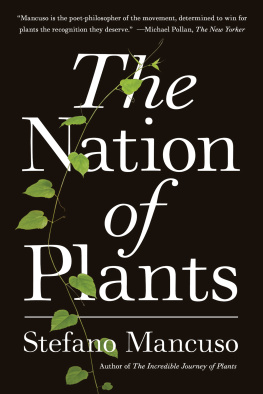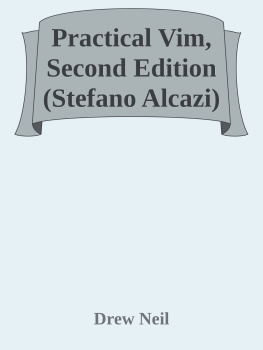Advance Praise for The Birth of Modern Neuroscience in Turin
This is a long overdue, erudite presentation of the major role of Turin in shaping modern neurosciences, from Luigi Rolando to Rita Levi-Montalcini. It contributes to a growing critical interest in the interactions among European research centers, while giving original insights on the relationship between scientific institutions and the economic and sociocultural environment.
Laura Bossi, neurologist and science historian, Paris Diderot University
This is a beautifully written book, presenting the key figures of modern neuroscience from Turin. The authors shed a unique light when discussing these historical giants providing descriptions of the people and their works that make the book equally exciting to scientists and to lay readers. As a professor at Washington University in St. Louis, I cannot avoid emphasizing the chapter on Rita Levi-Montalcini: One would argue that nothing new could be said about Rita after dozens of books have been written about her, yet another angle to discuss this exceptional character has been explored. Overall, a delightful book!
Professor Jonathan Kipnis, Washington University, St. Louis
This fascinating collection of essays shows how, for a long time, Turin was the hub of European neuroscience, from anatomy to physiology and anthropology, from brain preservation to plasticity, neural growth and regeneration, and from neurology to neuropsychology and psychiatry.
Emeritus Professor Jan van Gijn, University of Utrecht

Oxford University Press is a department of the University of Oxford. It furthers the Universitys objective of excellence in research, scholarship, and education by publishing worldwide. Oxford is a registered trade mark of Oxford University Press in the UK and certain other countries.
Published in the United States of America by Oxford University Press
198 Madison Avenue, New York, NY 10016, United States of America.
Oxford University Press 2022
All rights reserved. No part of this publication may be reproduced, stored in a retrieval system, or transmitted, in any form or by any means, without the prior permission in writing of Oxford University Press, or as expressly permitted by law, by license, or under terms agreed with the appropriate reproduction rights organization. Inquiries concerning reproduction outside the scope of the above should be sent to the Rights Department, Oxford University Press, at the address above.
You must not circulate this work in any other form and you must impose this same condition on any acquirer.
Library of Congress Cataloging-in-Publication Data
Names: Stefano Sandrone and Lorenzo Lorusso editor.
Title: The birth of modern neuroscience in Turin
Description: New York, NY : Oxford University Press, [2022] |
Includes bibliographical references and index. |
Identifiers: LCCN 2021025250 (print) | LCCN 2021025251 (ebook) |
ISBN 9780190907587 (hardback) | ISBN 9780190907600 (epub) |
ISBN 9780190907617 (online)
Subjects: MESH: Neuroscienceshistory | Neurologyhistory | Neurologists |
History, 18th Century | Italy
Classification: LCC QP360 (print) | LCC QP360 (ebook) | NLM WL 11 GI8 |
DDC 612.8/2330945121dc23
LC record available at https://lccn.loc.gov/2021025250
LC ebook record available at https://lccn.loc.gov/2021025251
DOI: 10.1093/med/9780190907587.001.0001
This material is not intended to be, and should not be considered, a substitute for medical or other professional advice. Treatment for the conditions described in this material is highly dependent on the individual circumstances. And, while this material is designed to offer accurate information with respect to the subject matter covered and to be current as of the time it was written, research and knowledge about medical and health issues is constantly evolving and dose schedules for medications are being revised continually, with new side effects recognized and accounted for regularly. Readers must therefore always check the product information and clinical procedures with the most up-to-date published product information and data sheets provided by the manufacturers and the most recent codes of conduct and safety regulation. The publisher and the authors make no representations or warranties to readers, express or implied, as to the accuracy or completeness of this material. Without limiting the foregoing, the publisher and the authors make no representations or warranties as to the accuracy or efficacy of the drug dosages mentioned in the material. The authors and the publisher do not accept, and expressly disclaim, any responsibility for any liability, loss, or risk that may be claimed or incurred as a consequence of the use and/or application of any of the contents of this material.
To health workers














